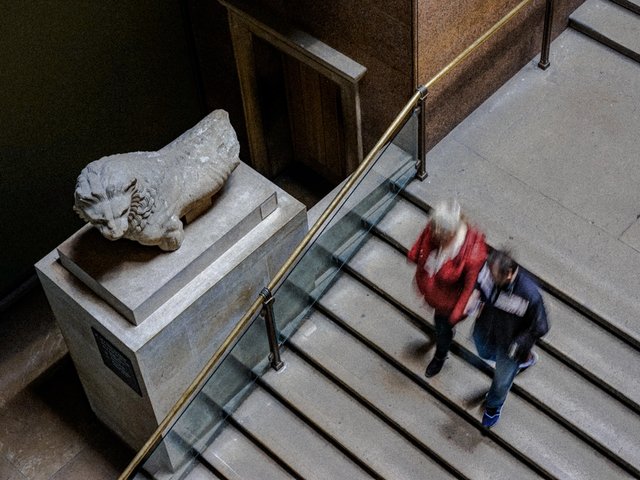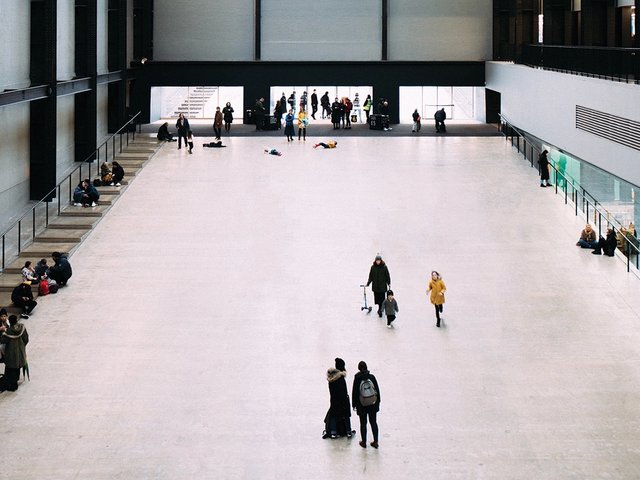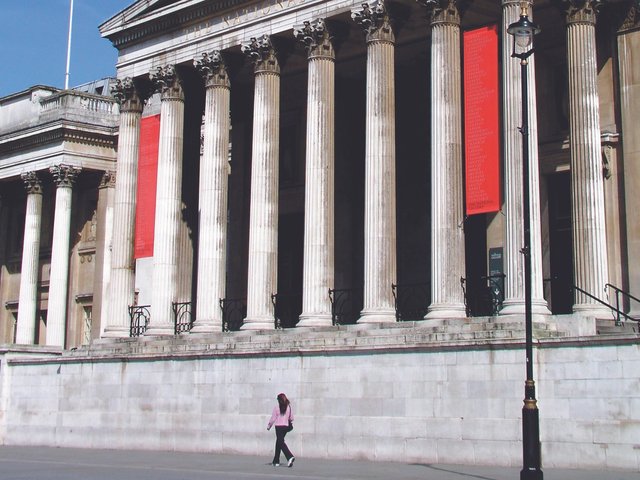UK museums face a bleak winter beset by financial woes. They have been hit by triple blows: Covid-19, steeply rising energy prices and rampant inflation reducing the value of government grants.
Visitor numbers have not yet recovered to pre-pandemic levels, with London museums particularly badly hit because of their dependence on foreign tourists. In June, the latest month for which figures are available, the 15 nationally funded museums had a total of 2.8m visitors, compared with 4.4m in June 2019—a drop of over a third.
London’s British Museum, the UK’s most popular museum, saw its June visitors fall from 578,000 in 2019 to 380,000 in 2022. This is at least an improvement on the visitor figures in 2020—zero, as the museum was closed because of lockdown—and 112,000 in 2021. Tate Modern had 456,000 visitors in June 2019, but this fell to 317,000 in June this year.
It now looks likely that getting museum visitor numbers up to pre-pandemic levels may well take another three years or so. Meanwhile, self-generated income from museum shops and cafés is down significantly, putting further financial pressure on these vulnerable institutions.
Major challenges ahead
The second major challenge is the cost of energy. Prices are rocketing, largely due to supply problems in the wake of Covid-19 and the Russian invasion of Ukraine. Taking the major museums, in 2021-22 Tate (with two London sites, plus Liverpool and St Ives) spent £5.5m on energy—representing around 5% of their total expenditure. The British Museum spent £2.1m on energy, and London’s Victoria and Albert Museum £1.5m and the National Gallery £1.3m.
One of the first decisions taken by the new prime minister Liz Truss last month was to introduce a cap to slow down the rise in energy costs for users. For a typical household, their annual energy expenditure will rise from £1,970 to £2,500, rather than the £3,550 which had been predicted for October (and possibly £5,000 by January).
A similar subsidy scheme is to operate for businesses and institutions until March 2023, but details are yet to be released on what the cap specifically entails, including whether it will be extended longer for museums. This uncertainty is a considerable cause of concern for museum directors.
The final financial challenge is inflation, which is now running at around 10% a year. Grants for museums, from national or local government, are therefore falling in value in real terms. Inflation could rise higher in the next few months, although the Bank of England predicts that it should fall to its target of 2% by late 2024.
Taking all three factors into account—the loss of visitors due to Covid-19, rising energy costs and high inflation—means that virtually all UK museums are now facing really significant losses of revenue. This will inevitably mean cuts.
How will the new Conservative government react? Responsibility will fall on Michelle Donelan, Truss’s newly appointed secretary of state for digital, culture, media and sport (DCMS), who replaces Nadine Dorries. Previously, Donelan had served for just three days as Boris Johnson’s secretary of state for education, and, before that, as a minister for higher education. Donelan has extensive government experience with education, but there is little indication she has any particular interest in culture.
Lord Parkinson remains as arts minister, a position he has held since September 2021. Nigel Huddleston, who has been in post since 2020, is also continuing as the minister responsible for heritage.
Culture deemed a low priority
Although the title of Donelan’s post is often shortened to “culture secretary”, this will not reflect Donelan’s priorities. In recent years, the responsibility for media has dominated the department and she will be focusing on dealing with BBC funding. Digital is obviously of increasing importance, leaving sport and culture on the fringes.
From a national point of view, the DCMS is the least important
department represented in the Cabinet. It seems likely that energy and health will be top of the Truss agenda. With rising government expenditure in these fields, there will be little flexibility to increase culture spending and support for museums.
The UK’s Museums Association warns that its member institutions now face “rapidly increasing costs across their operations”. Rising energy prices represent a real threat, with museums often being sited in “energy-hungry heritage buildings”. Other costs are increasing, particularly for wages and capital building projects.
These challenging stresses come when the sector is “rebuilding after the pandemic”. A golden era for UK museums, when virtually every year saw an increase in visitor numbers and ambitions, has been killed off—first,
by Covid-19 and, now, by the global energy crisis.





